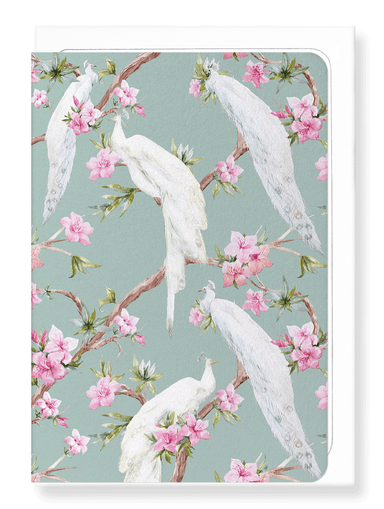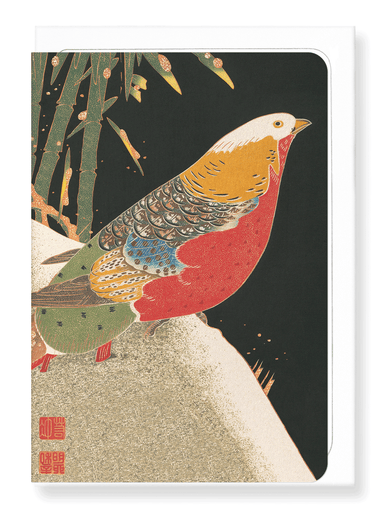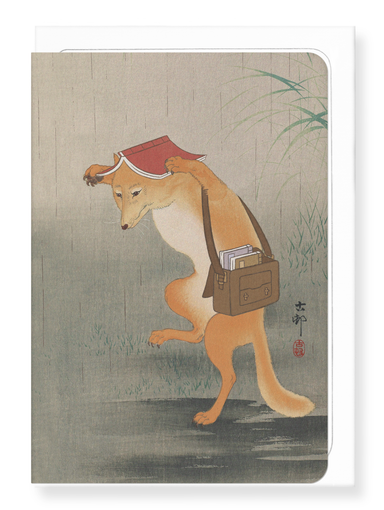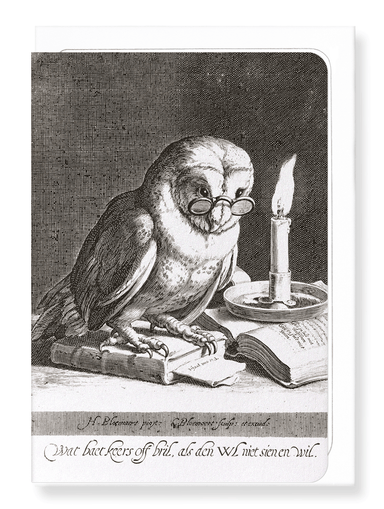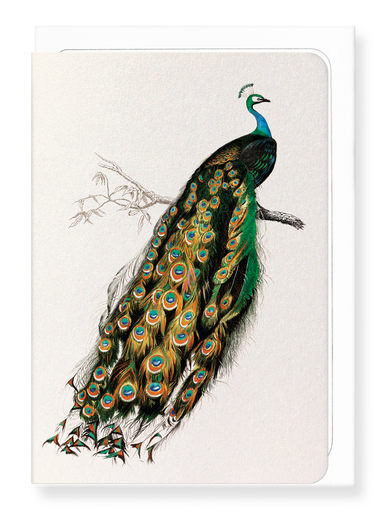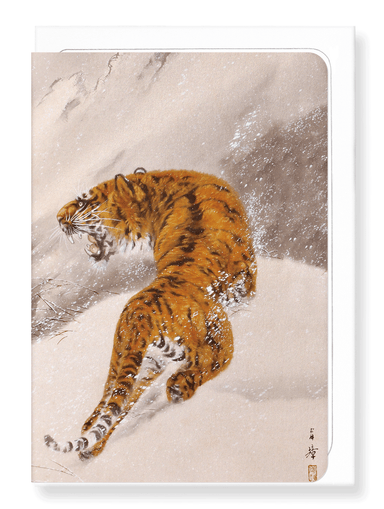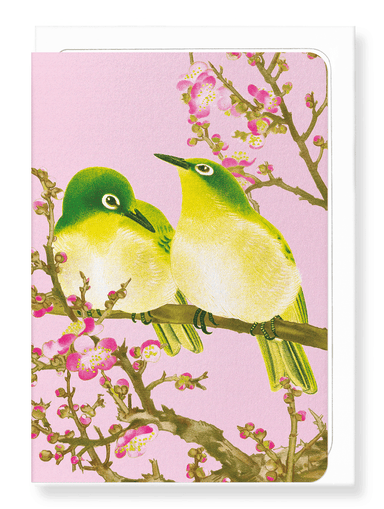Greeting card

SNOW PLUM BLOSSOMS: Japanese Greeting Card
Login to view pricing
Text on the reverse side: Expressive of enduring happiness, the plum blossom has traditionally been used as a decorative symbol of congratulatory ...
View full details








